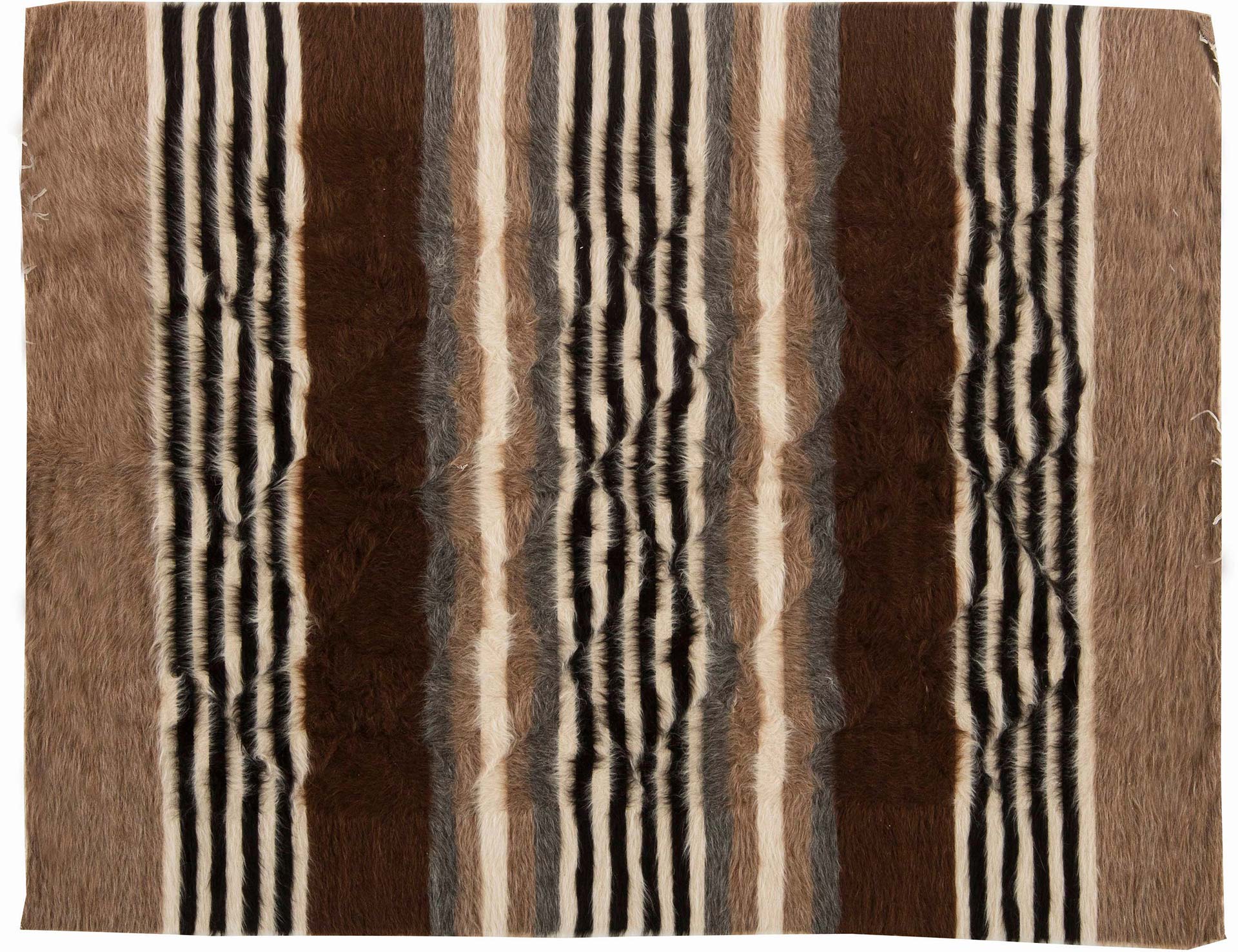We are quite a team of tree huggers here at Doris Leslie Blau and we are constantly in the pursuit of creating a sustainable lifestyle. One of the ways of reducing the use of Earth’s natural resources and the ecological footprint is making rugs out of wool. Wool is a natural, renewable fiber source, making it one of the most sustainable sources of textiles.
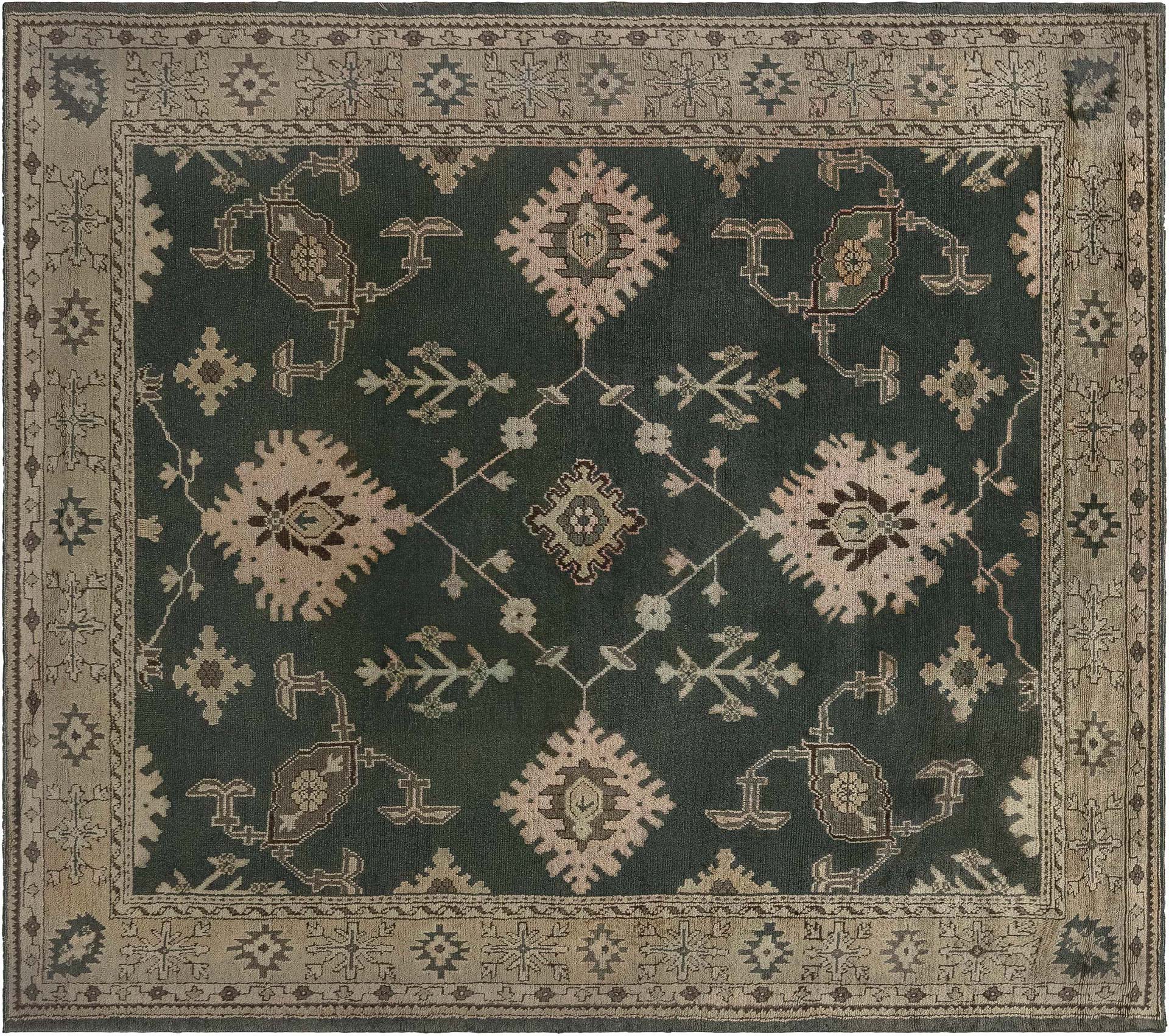
The wool yarns are made out of animal’s fleece. They fleece grows every year and it must be sheered every year. The animal emerges unharmed from the procedure. Wool comes from many different animals. Sheep are the most common producers, as they are a docile and widely domesticated species, but wool can also be shorn or gathered from goats, llamas, yaks, rabbits, musk oxen, camels, and bison.
From a sustainability perspective, wool is an entirely natural product that is fully biodegradable. It breaks down quickly, returning its nutrients to the soil without releasing plastic microfibers into the environment, as its synthetic rivals do.
Doris Leslie Blau carries a large variety of un-dyed wool rugs that do not contain potentially harmful chemical dyes or finishes which can be released into the environment while a discarded rug biodegrades. Wool is environmentally preferable (as compared to petroleum-based nylon or polypropylene) as a material for rugs, in particular when combined with a natural binding and the use of formaldehyde-free glues. Our collection of hand-spun hand-woven natural wool Moroccan rugs is a good example.
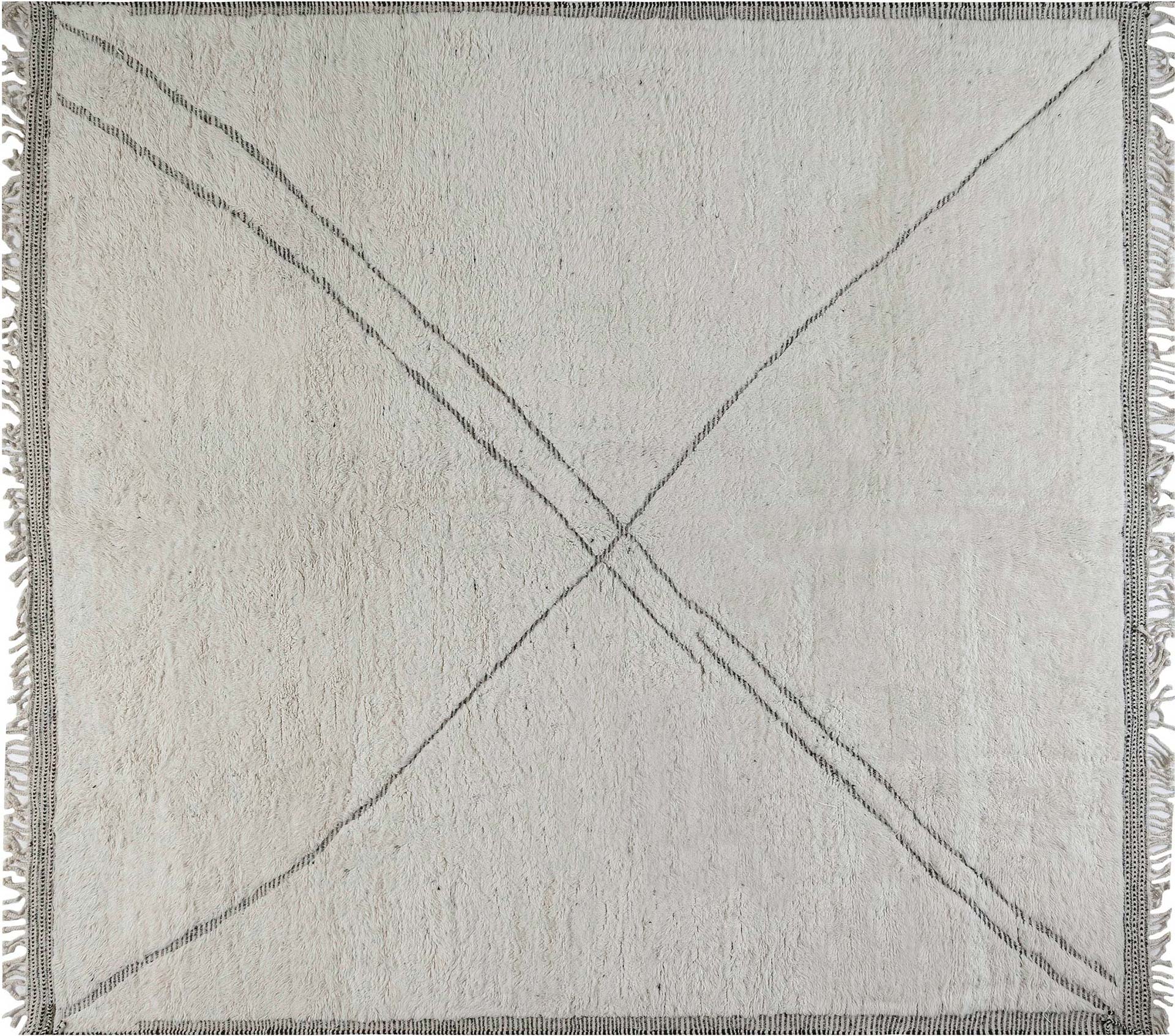
The rugs made of wool are true resilient beauties. Wool items last because wool fibers can be bent more than 20,000 times before breaking. Fibers that bend without breaking help resist abrasion, hide wear and tear, and preserve the beauty of rugs. This is the reason we carry a vast collection on vintage and antique wool rugs that are in excellent condition, consistent with age and wear.
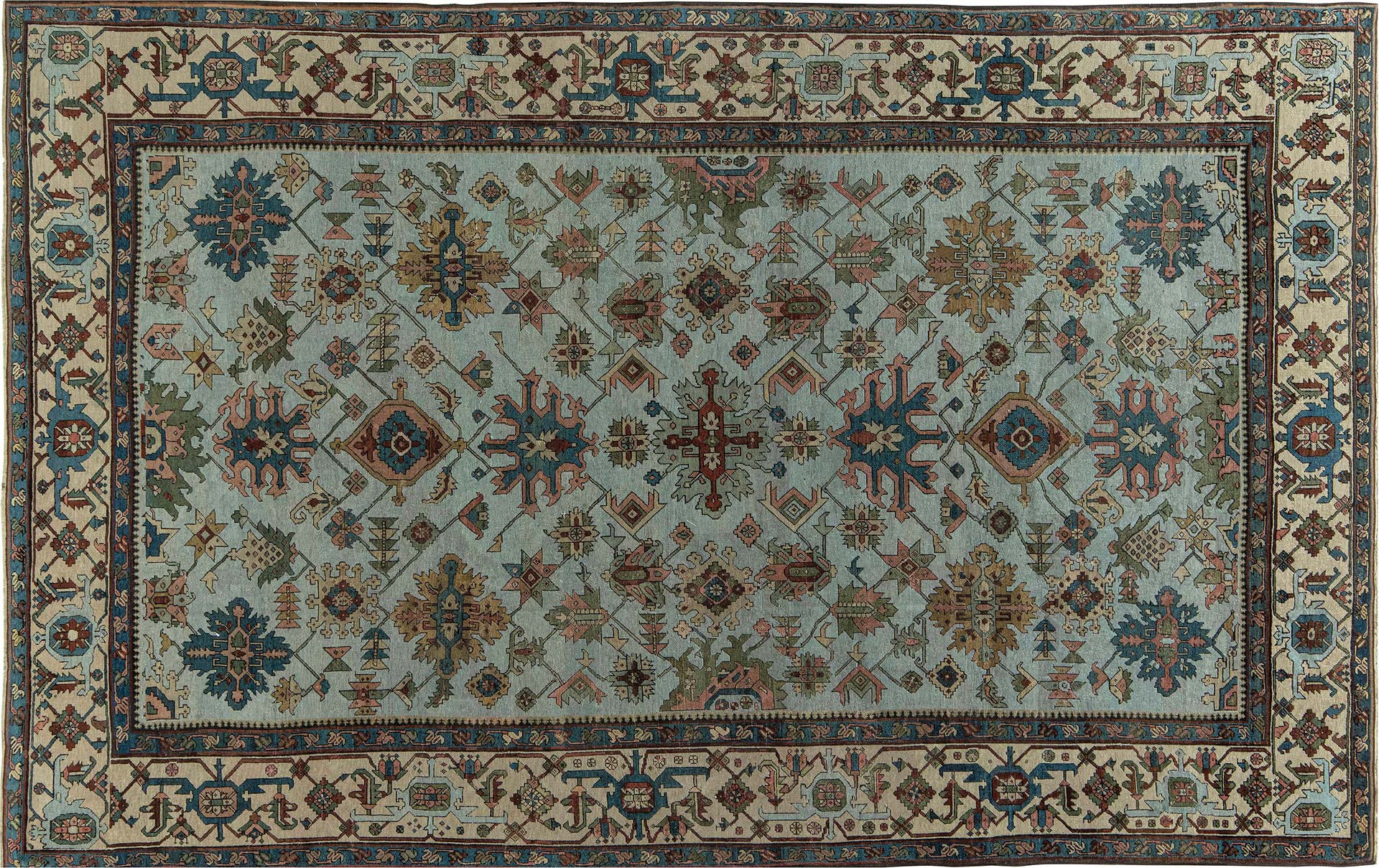
We love wool from a fire safety perspective as well. Wool is non-flammable unlike almost all alternatives. It simply requires more oxygen than is available in the air to become flammable, making it a superior fiber for fire safety. Furthermore, it does not melt, drip, or stick to the skin when it burns.
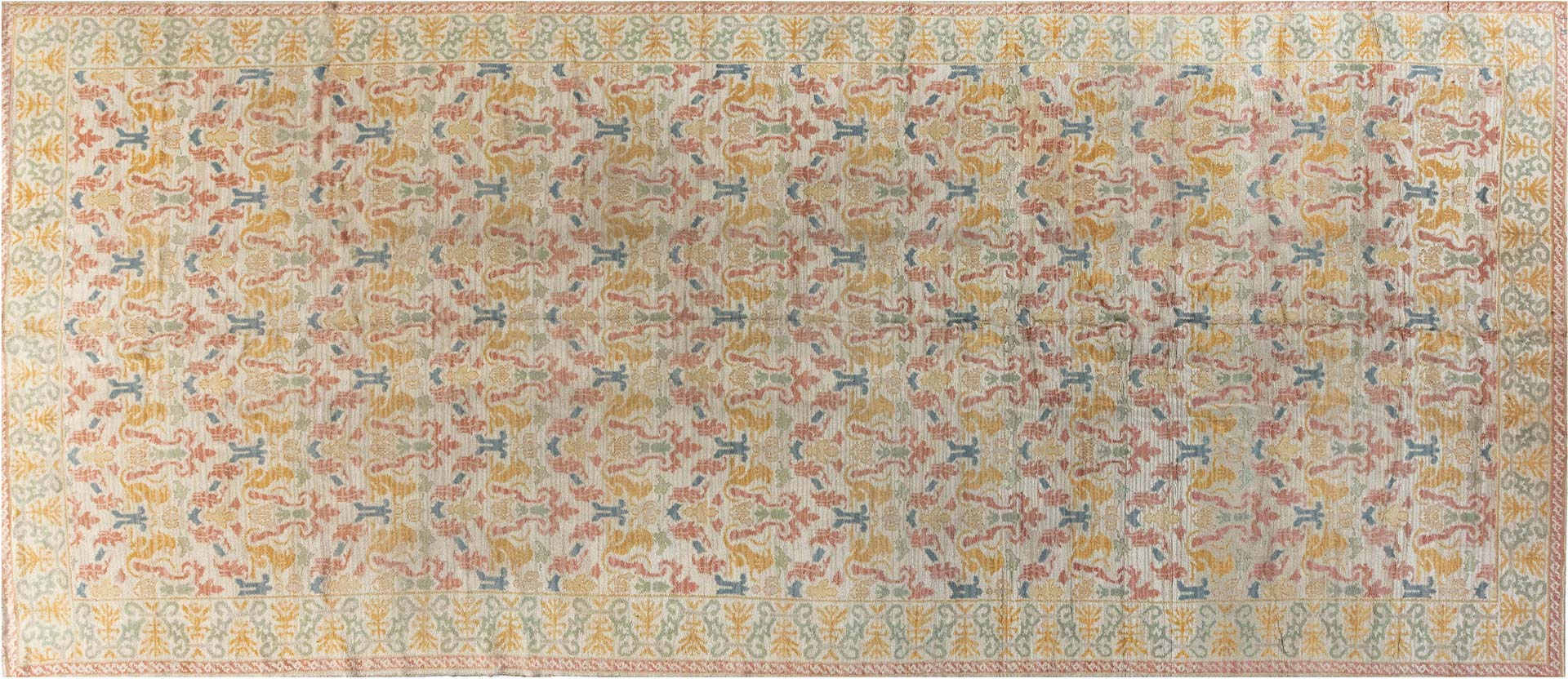
Wool is naturally anti-allergenic which makes wool rugs the perfect options for nurseries and sensitive people. Wool does not grow mold that can lead to allergies or other reactions.
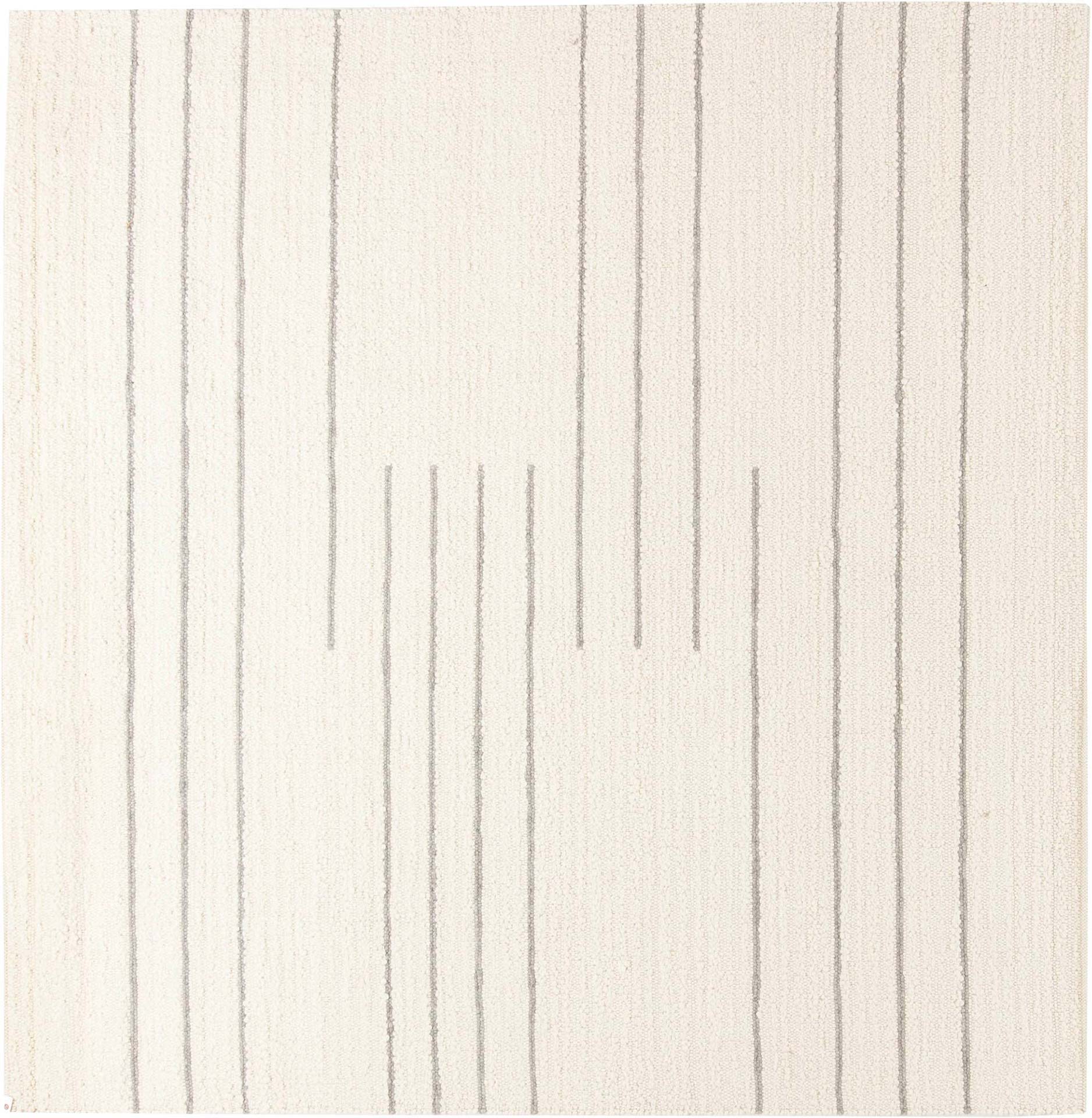
Wool is naturally odor resistant. At a microscopic level, wool fibers overlap like shingles on a roof. This keeps dirt and moisture on the surface, making wool easy to clean and odor resistant.
It also offers natural UV protection. Wool helps protect against the potentially damaging rays of the sun. Testing of various textiles in clothing show that wool has a natural UV protection factor of 30+ in more than 70% of cases, much higher than most synthetics and cotton.
There are countless benefits of this wonderful, natural product and it will always be our preferred type of yarn here at Doris Leslie Blau.
